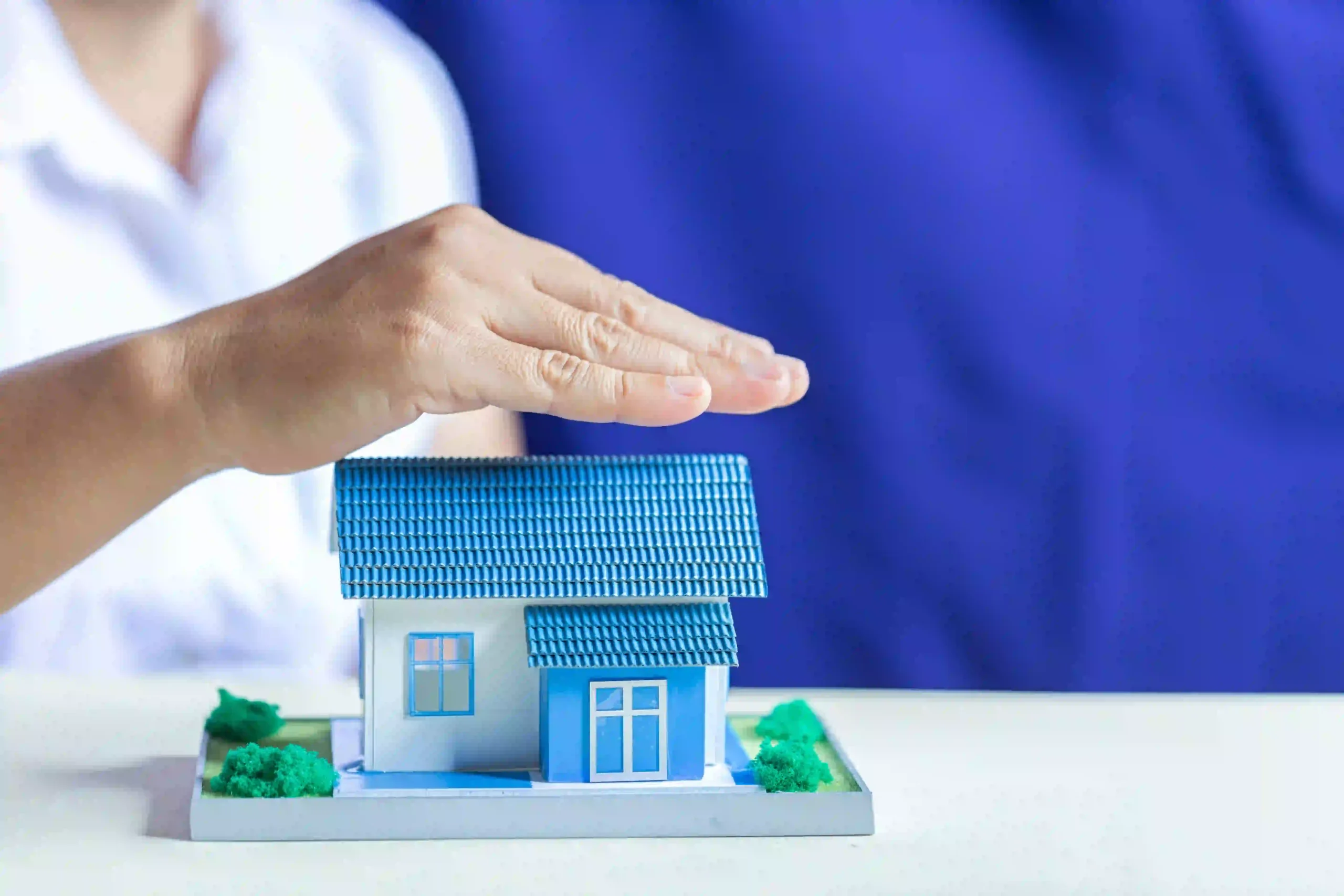What Affects Your Home Insurance Quote? A Breakdown of Key Factors
Table of Contents:
- The Importance of Home Insurance
- Location Matters
- Property Value and Rebuilding Cost
- Home Security Features
- Age and Condition of Your Home
- Claims History
- Impact of Your Credit Score
- Customizing Policy Options
The Importance of Home Insurance
Securing home insurance is one of the most crucial steps for safeguarding your financial investment in property. It shields against unpredictable events like natural disasters, fires, and theft and provides peace of mind knowing that you have a safety net in place. Understanding what affects your home insurance quotes is a key factor in making an informed decision about coverage. These quotes encapsulate a delicate balance between risk assessment and coverage sufficiency. By comprehending these elements, homeowners can strategically optimize their coverage and costs, ensuring that they are adequately protected without overspending. This informed approach to selecting insurance can improve financial stability, especially when unforeseen incidents occur.
Location Matters
Among the myriad factors influencing home insurance premiums, location stands paramount. A home’s geographic location inherently dictates its exposure to various risks, which insurers meticulously evaluate. Properties in regions known for their susceptibility to natural catastrophes like earthquakes, floods, or hurricanes inevitably face higher premiums. This is due to the increased likelihood of claims stemming from environmental hazards. Moreover, neighborhoods with elevated crime rates might lead to heightened insurance costs. Even proximity to essential services like fire stations can impact your rate favorably. Homeowners need to recognize the intrinsic value of location, not just in terms of lifestyle but its overarching impact on long-term insurance expenses. Understanding these elements before purchasing a property ensures that potential insurance costs are factored into the overall financial picture.
Property Value and Rebuilding Cost
Your property’s intrinsic worth and resilience significantly influence the cost of your home insurance. Though market value reflects the price in a transactional sense, insurers are primarily concerned with the expense involved in rebuilding after a total loss. This estimated replacement cost is a determining factor in setting premiums. High-value homes, particularly those with customized construction or unique architectural details, elevate the rebuilding costs and insurance premiums. Ensuring your policy is aligned with these realistic rebuilding expenses is crucial. This alignment provides financial security and ensures you can restore your home to its original grandeur without unwelcome fiscal shortfalls. In making these evaluations, homeowners must be astute in choosing coverage that reflects true rebuilding costs, thereby securing their investment fully.
Home Security Features
Bolstering home security reduces liability and attracts insurance incentives. Comprehensive systems comprising alarms, surveillance cameras, and integrated smart technology can substantially decrease potential threats, signaling lower risk to insurers. This, in turn, often results in discounted premiums. Security enhancements suggest that a homeowner is proactive in minimizing claim likelihood. Simple yet effective additions like reinforced locks, well-placed lighting, or sophisticated sprinkler systems can further deter incidents.
Age and Condition of Your Home
A home’s age and overall condition are decisive factors in home insurance evaluations. Older homes may charm with their historical essence but often carry latent risks associated with antiquated infrastructures. Insurers view refurbished systems such as modernized wiring, new roofs, or updated plumbing as lowering the risk of claims, positively impacting premium rates. Conversely, homes with outdated mechanicals or visible deterioration may attract higher costs due to the presumed increase in potential failures or damages. Proactive homeowners who invest in regular maintenance and necessary upgrades create a dynamic where historical charm meets contemporary reliability. This balance not only aids in distressing potential insurance hikes but also ensures their homes’ enduring habitability and value. Such forward-thinking maintenance strategies are pivotal in securing equitable premiums and preserving the integrity of aged properties.
Claims History
A homeowner’s historical claim record is a potent predictor of future insurance costs. Frequent claims can mark a homeowner as higher risk, prompting insurance companies to augment premium rates to offset perceived risk anticipations. However, homeowners who minimize claims by managing minor issues independently often reap the benefits of lower premiums due to a perceived lower likelihood of future claims. Awareness and strategic decision-making play critical roles here, with homeowners encouraged to assess the necessity of filing claims. Guidance from NerdWallet emphasizes the prudence of maintaining a favorable claims history, highlighting its effectiveness in negotiating lower rates or favorable terms with insurance providers. Ultimately, a balanced claims strategy mitigates costs and enhances the homeowner’s stance with insurers, presenting them as low-risk, responsible participants in their insurance relationship.
Impact of Your Credit Score
A credit score extends its utility beyond financial transactions, influencing home insurance premiums in several states. Insurers correlate a positive credit history with lower risk of future claims. Homeowners with high credit scores often receive more favorable quotes, reflecting the insurer’s confidence in their financial responsibility. Maintaining a strong credit profile requires diligence—monitoring credit reports, managing debts, and consistently meeting financial obligations are all essential practices. The broader financial ramifications of maintaining a sound credit score underscore its significance, influencing not only loan and credit card interest rates but also insurance pricing. This multidimensional approach to credit management fosters immediate and long-term savings, making credit monitoring an indispensable aspect of personal finance management.
Customizing Policy Options
Ultimately, home insurance is not a one-size-fits-all solution; it demands customization to align with the unique needs and circumstances of the homeowner. Adjusting deductible limits, choosing between actual cash value and replacement cost coverage, and adding endorsements for specific risks offer flexibility. Opting for higher deductibles can effectively lower premiums, suited for homeowners with savings to handle minor damages independently. Tailored coverages can be adapted to address geographical-specific risks, like flood or earthquake endorsements in vulnerable areas. Customizing policy options empowers homeowners to strike an optimal balance between comprehensive protection and affordability. This strategic approach ensures robust coverage while safeguarding financial resources, contributing to sustainable homeownership in the face of potential adversities.














Post Comment